Freestyle dance, a vibrant and dynamic form of self-expression, transcends the boundaries of choreography and embraces the spontaneous flow of movement to the rhythm of the music. In this guide, we embark on a journey to unravel the secrets of freestyle dancing, delving into the techniques, mindset, and creative processes that enable dancers to unleash their inner groove and captivate audiences with their unique style. Whether you’re a seasoned performer looking to refine your skills or a novice eager to explore the world of freestyle, join us as we discover the exhilarating freedom and boundless creativity that define this electrifying art form.
What Is Freestyle Dancing? Freestyle dancing is a form of spontaneous movement, characterized by improvisation and creativity. Unlike choreographed routines, freestyle dancing involves performing moves on the spot without prior planning or rehearsal. It’s a fluid expression of rhythm and movement that allows individuals to showcase their unique style and personality.
You might already engage in freestyle dancing without realizing it, whether you’re dancing alone in your room, singing karaoke, or hitting the dance floor with friends at a club. It’s not limited to formal battles or dance circles; freestyling can happen in any setting where there’s music and the freedom to move.
When starting to explore freestyle dancing, it’s important not to take it too seriously. Instead, focus on developing a kinesthetic understanding of basic movement principles and combining them with your natural sense of rhythm and style. It’s about cultivating an internal algorithm within your body that responds intuitively to the music and allows you to express yourself authentically in the moment.
Understand the music
When delving into freestyle dancing, you’re not confined to predetermined choreography; instead, you’re synchronizing your movements with the music in real-time. Thus, it’s crucial to swiftly grasp the essence of the song you’re dancing to.
Begin by instinctively bobbing your head to the rhythm and tempo of the music. This initial movement helps your body attune itself to the groove of the song, establishing a foundational pace for your freestyle expression.
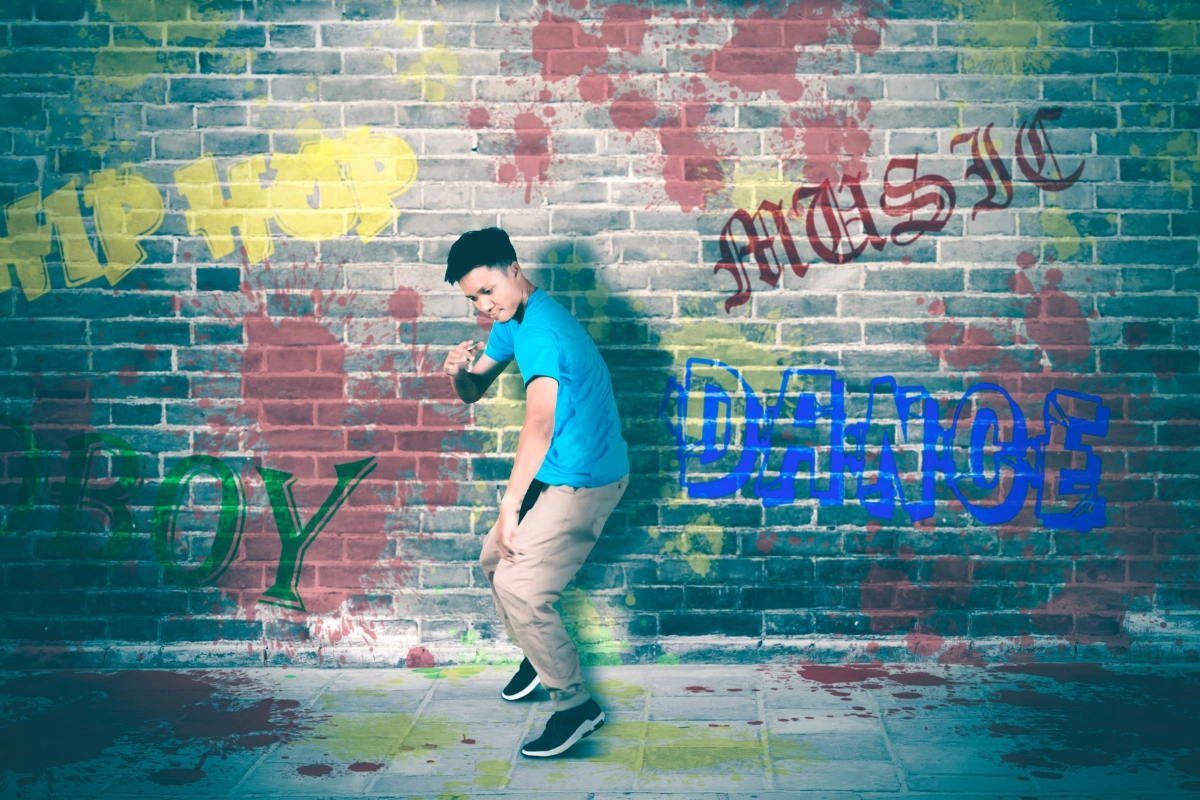
Next, immerse yourself in the melody—the tonal layer of the song that acts as your auditory guide. While this layer doesn’t necessarily comprise lyrics, it sets the emotional tone of your freestyle. Dancing in harmony with the melody offers a dynamic shift from merely aligning with the primary beats of the song.
Moreover, pay heed to other musical elements that punctuate the composition. Whether it’s the bass reverberations on every even count or the snare drum’s accentuation at the end of each 8-count, identifying these patterns enables you to accentuate specific sounds within your freestyle.
In essence, engage in active listening, attuning your senses to every nuance of the music—each note, beat, and rhythm—while simultaneously immersing yourself in the emotional ambiance it evokes.
Further refining your understanding of musicality can greatly enrich your freestyle repertoire. Explore the intricacies of musical theory and composition to deepen your appreciation and interpretation of the music you dance to.
Train your fundamentals
In the realm of freestyle dancing, mastering fundamental or foundational styles is akin to honing your core skills—the essential groundwork upon which your improvisational prowess thrives.
These foundational styles have roots deeply embedded in the vibrant culture of clubs and social gatherings, where dancers harness the freedom of freestyle to articulate their innermost expressions. It’s worth noting that the prevailing music within a particular locale or era profoundly shapes the collective psyche, influencing the way individuals perceive, feel, and ultimately, dance.
Over time, the techniques, rhythms, and combinations intrinsic to these foundational styles have evolved into the cornerstone of contemporary choreography. From the rhythmic precision of Popping and Locking to the raw athleticism of Breaking and the soulful movements of House and Waacking, these styles encapsulate a rich tapestry of artistic expression.
However, it’s imperative to recognize that the concept of “fundamentals” or “foundation” extends beyond the confines of urban dance styles. Studio disciplines such as Ballet, Jazz, Tap, and Contemporary serve as equally formidable pillars, offering a diverse palette of movement vocabulary to enrich your freestyle repertoire.
By immersing yourself in these foundational styles, you not only cultivate technical proficiency but also internalize the underlying principles of movement dynamics and expression. Thus, whether you’re navigating the syncopated rhythms of street dance or the graceful lines of classical ballet, mastering these fundamentals provides a solid framework upon which your freestyle endeavors can flourish and evolve.
Groove it out
While most dance styles boast a foundational groove—an essential rhythm or movement pattern—it’s imperative to internalize this groove as you delve into practicing techniques and mastering various moves.
However, let’s delve deeper into the concept of “groove,” particularly within the realm of Hip Hop. Here, the term takes on a multifaceted significance, extending beyond mere rhythmic patterns to encompass a rich tapestry of movement vocabulary and stylistic nuances that underpin much of the Urban Choreography prevalent in contemporary dance culture.
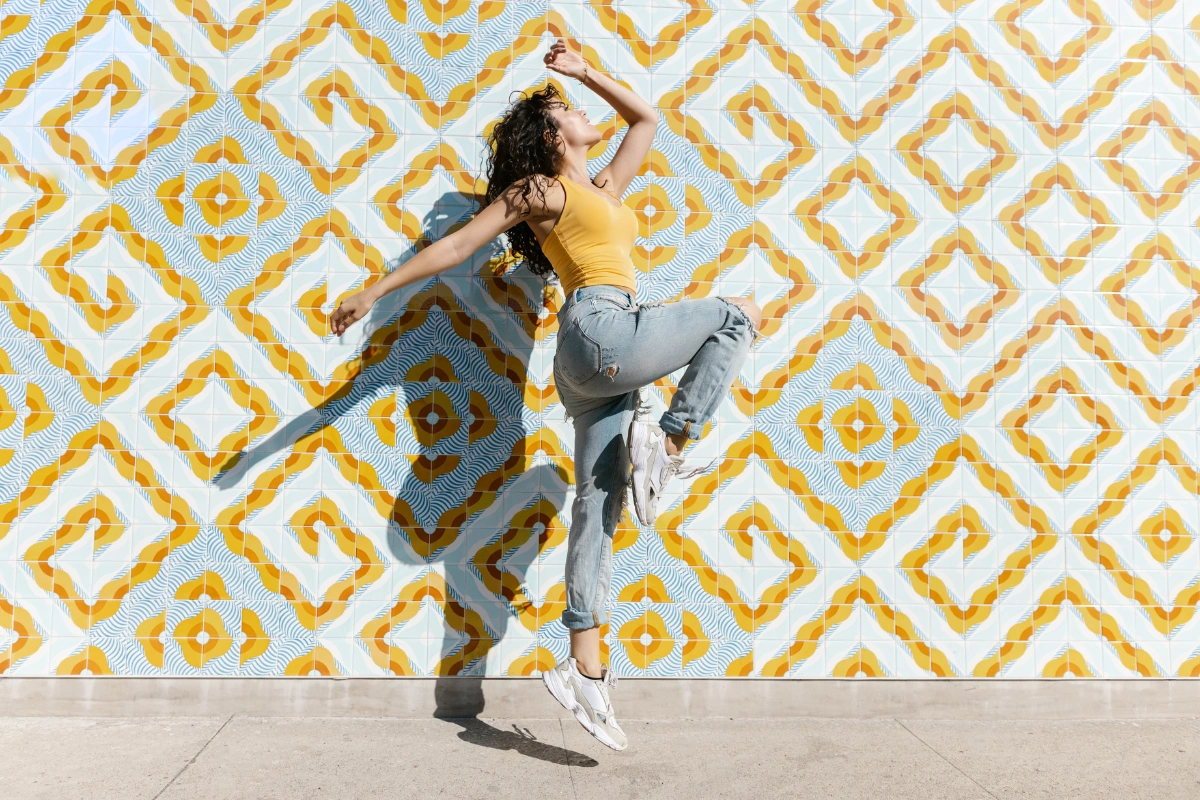
Hip Hop grooves serve as the bedrock upon which a plethora of choreographic innovations have flourished, influencing and shaping the dynamic landscape of dance expression. These fundamental movements, rooted in the cultural ethos of the streets, encapsulate a raw and unbridled energy that resonates with dancers and audiences alike.
From the infectious bounce of the two-step to the intricate isolations of the body roll, Hip Hop grooves embody a visceral connection to the music, allowing dancers to channel their inner rhythm and attitude into every movement. It’s through these foundational grooves that dancers explore the nuances of timing, texture, and spatial awareness, infusing their performances with authenticity and soul.
Moreover, the evolution of Urban Choreography owes much to the creative reinterpretation and fusion of these base movements. As dancers continue to push the boundaries of innovation, Hip Hop grooves serve as a timeless source of inspiration, fueling the ongoing evolution of dance as an art form.
Play with dynamics and textures
While there’s nothing inherently amiss with a classic 2-step, if you aspire for your freestyle to transcend mediocrity and captivate audiences, it’s essential to delve into the realm of dynamic movement exploration.
Dynamics, in this context, transcend the mere execution of a particular move; rather, they encompass the nuanced articulation and expression imbued within each gesture. Take, for instance, the ubiquitous arm wave—a staple in many dancers’ repertoires. Despite its apparent simplicity, the manner in which you execute this movement can vary infinitely.
Will you opt for swift, powerful motions that emanate from a place of strength? Or perhaps, a more deliberate, controlled initiation from the shoulder, gradually building momentum until culminating in a resounding climax? By experimenting with diverse permutations of speed, intensity, and initiation points, you infuse your dancing with a multi-dimensional richness that transcends the confines of mere technical proficiency.
Moreover, don’t underestimate the transformative power of texture—the tactile quality that defines the character of your movement. Whether it’s the crisp precision of a staccato gesture or the fluid grace of a sustained motion, varying the textural nuances within your repertoire adds depth and intrigue to your performance.
By amalgamating a kaleidoscope of speeds, power dynamics, placements, and textural flourishes, you transform your freestyle from a two-dimensional display into a mesmerizing tapestry of movement that captivates the senses and sparks the imagination.
Play with combinations of moves
Within every dancer lies a repertoire of “default” moves—instinctual gestures that our bodies gravitate towards in response to specific auditory stimuli. Have you ever caught yourself instinctively repeating certain movements in sync with the music? Fear not, for this tendency serves as the canvas upon which you’ll paint your creative masterpiece.
Embrace your default moves as the foundation of your dance vocabulary, but don’t let them confine you to a predictable rhythm. Instead, elevate these familiar gestures to new heights of complexity and intrigue by seamlessly integrating them with complementary movements.
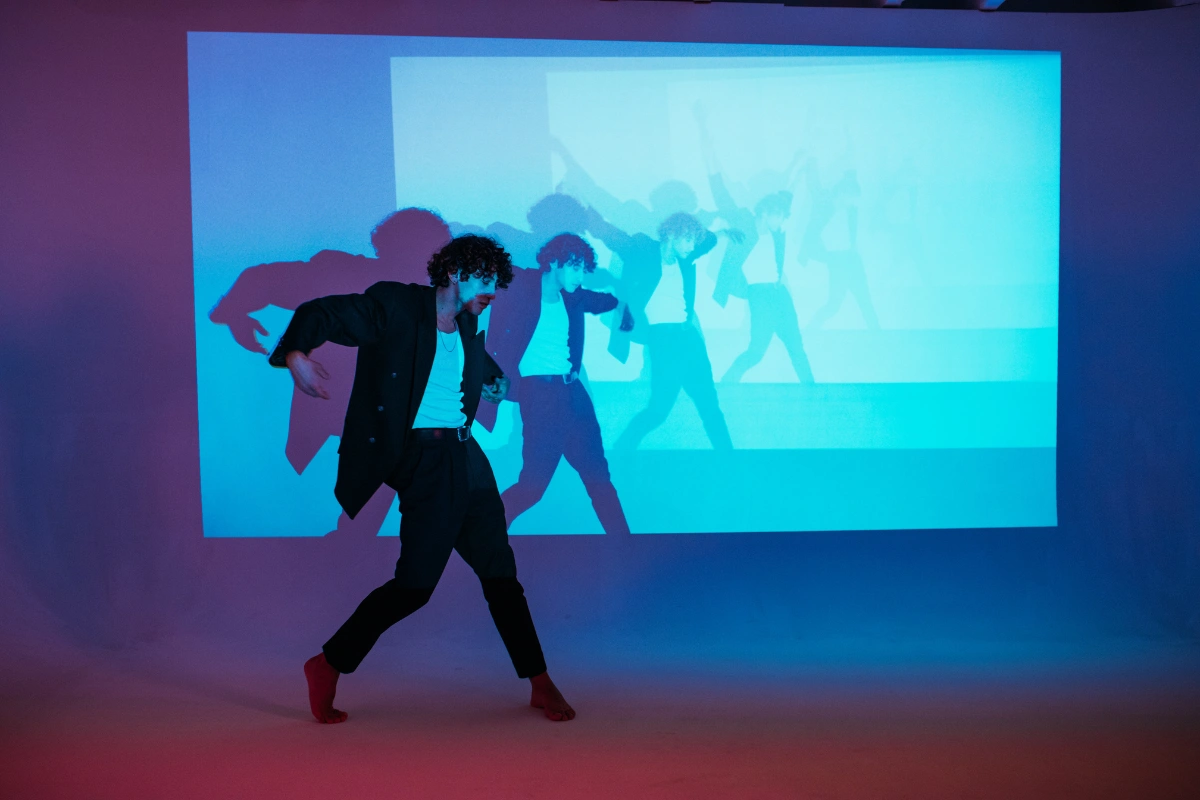
Consider, for instance, the quintessential two-step— a staple in the arsenal of any dancer. The simple act of shifting weight from right to left, punctuated by rhythmic taps, forms the backbone of this foundational move. Yet, with a dash of innovation and experimentation, you can transform this basic sequence into a dazzling display of creativity.
Introduce subtle variations by incorporating arm movements, head tilts, or even a subtle lean into each step. Suddenly, what once felt mundane becomes a dynamic fusion of movement, brimming with newfound vitality and expression. Explore the intricate interplay of different body parts, infusing each step with a kaleidoscope of textures and dynamics.
In the realm of dance, the possibilities are as boundless as the imagination. By daring to explore unconventional combinations and permutations, you’ll uncover a treasure trove of unique choreographic nuances and rhythmic flourishes. Who knows what captivating pictures and grooves await discovery as you embark on this exhilarating journey of self-expression?
Use concepts to come up with moves
In the realm of freestyle dancing, it’s all too easy to fall back on familiar “default” moves—gestures that our bodies instinctively gravitate towards in response to the music.
However, if you find yourself stuck in this repetitive cycle, consider embracing the power of storytelling or conceptual exploration as a catalyst for unleashing your creativity.
Rather than relying solely on muscle memory, challenge yourself to weave a narrative or convey a thematic concept through your freestyle expression. By imbuing your movements with intention and meaning, you transcend the limitations of your comfort zone, pushing the boundaries of artistic exploration.
For instance, envision yourself as a character in a vibrant narrative, each movement serving as a chapter in your unfolding story. Whether you’re portraying a hero embarking on an epic quest or a soulful wanderer navigating the complexities of the human experience, allow the essence of your chosen concept to guide the trajectory of your movement.
Alternatively, delve into abstract concepts such as emotions, elements of nature, or philosophical ideas, using your body as a canvas to visually articulate their essence. Whether it’s the tumultuous waves of sorrow crashing against the shores of despair or the gentle caress of serenity enveloping your being, allow the intangible to manifest through tangible movement.
By embracing conceptual exploration, you liberate yourself from the constraints of routine, inviting a sense of spontaneity and discovery into your dance practice. Each concept serves as a portal to new realms of creativity, challenging you to think outside the confines of your own perception and embody a diverse array of perspectives.
Practice wherever, whenever!
One of the most liberating aspects of freestyle dancing is its accessibility—it’s not only free in cost but also free from the constraints of formal settings or structured environments. Let’s dive deeper into this notion of “freedom” and explore the myriad opportunities for practicing your craft, no matter where you are or what resources you have at your disposal.
Picture this: you’re in your garage, the echoes of your favorite tunes reverberating off the walls as you lose yourself in the rhythm. Or perhaps you find solace in the privacy of your room, where every movement is a testament to your innermost emotions and desires. And why stop there? Your car becomes a makeshift dance studio, with the open road as your stage and the beat of the music as your guiding force.
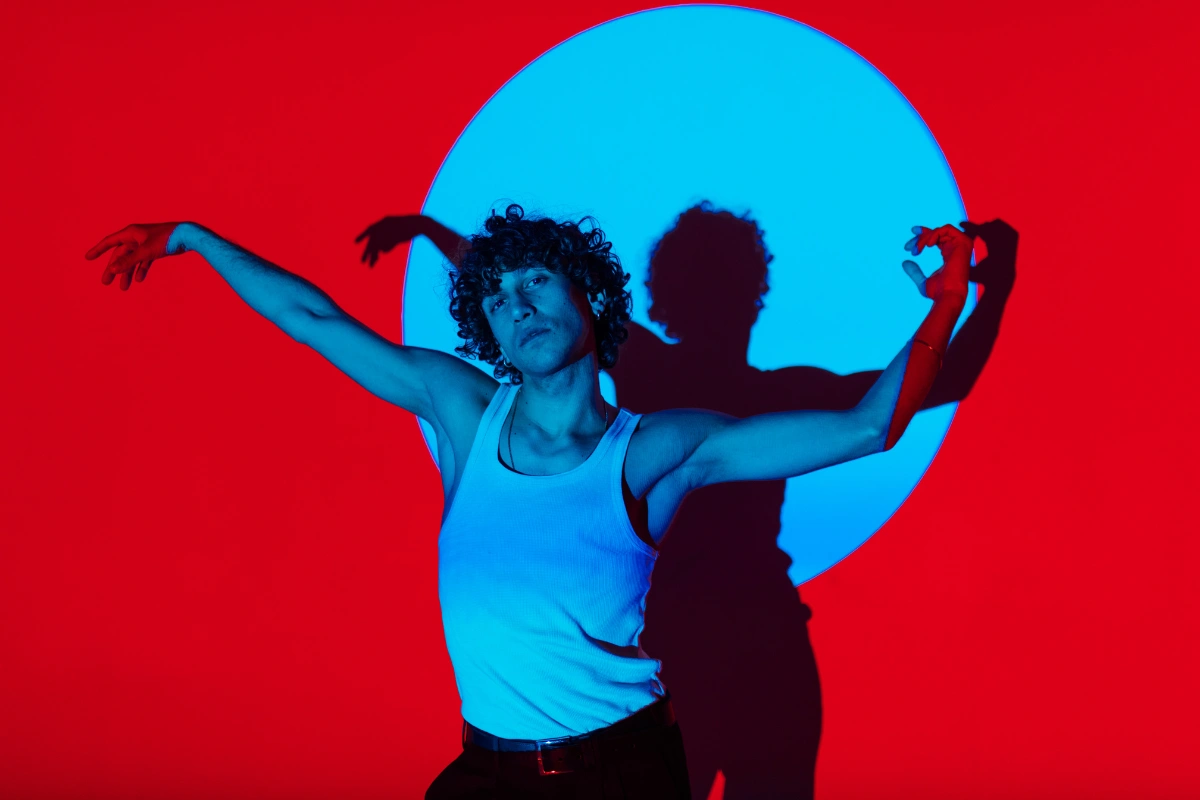
But it’s not just about solitary practice—freestyle dancing thrives in the communal energy of shared experiences. Gather a group of like-minded friends, and let the creative sparks fly as you engage in spirited dance sessions together. Or take it up a notch and hit the club scene, where the pulsating energy of the dance floor becomes your playground and your “freak flag” unfurls in a vibrant display of uninhibited self-expression.
The beauty of freestyle dancing lies in its versatility—it transcends physical boundaries and defies conventional norms. Whether you’re practicing solo in the comfort of your own space or immersing yourself in the dynamic energy of a social setting, every moment becomes an opportunity for growth and exploration.
So seize the moment, embrace the freedom to dance whenever and wherever inspiration strikes, and witness firsthand as your confidence and creativity in freestyle dancing soar to new heights. After all, the world is your stage, and the dance floor awaits your next move.
Summary
As we conclude our exploration of freestyle dance, remember that the essence of this art form lies in embracing your individuality and allowing your inner rhythm to guide your movements. Whether you’re swaying to the beat in your bedroom or igniting the dance floor with your energy at a club, let go of inhibitions and dance with authenticity and passion. With dedication, practice, and a willingness to experiment, you’ll unlock the limitless potential within yourself and discover the joy of expressing your true essence through the language of dance. So, go forth, embrace your unique groove, and let your freestyle journey be a celebration of self-discovery and creative liberation.

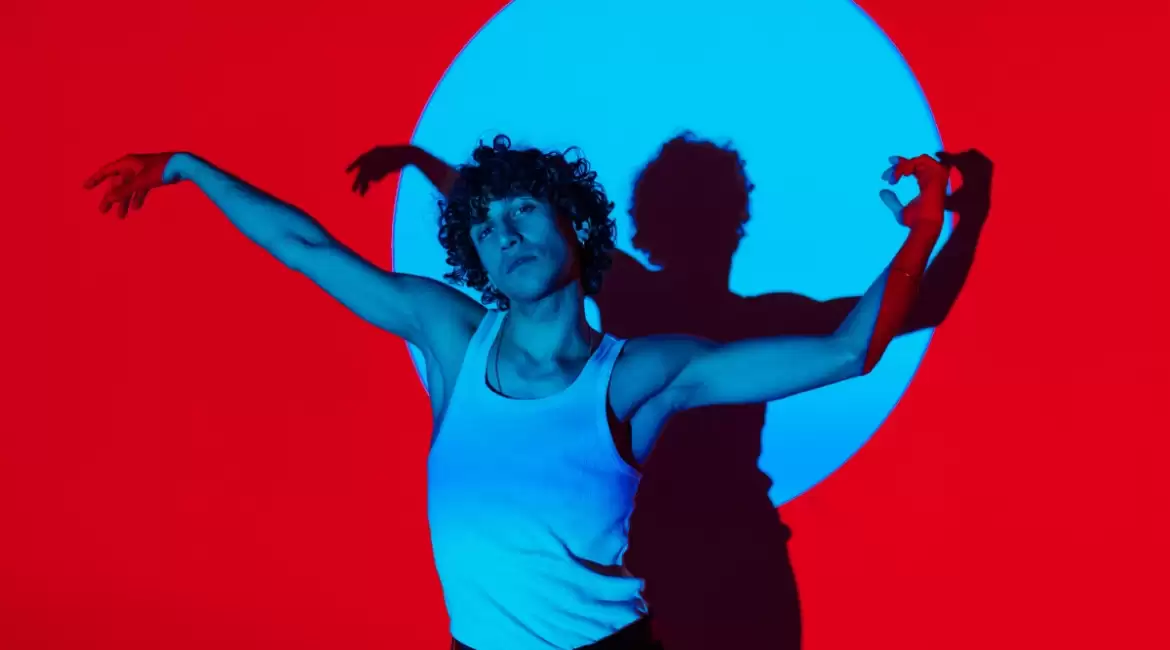
Leave a reply